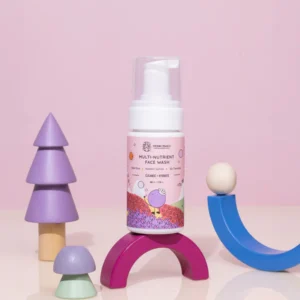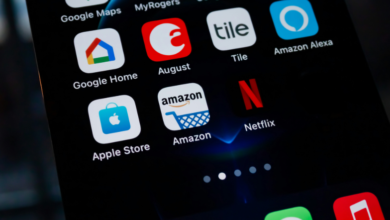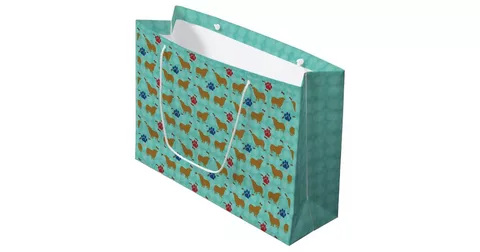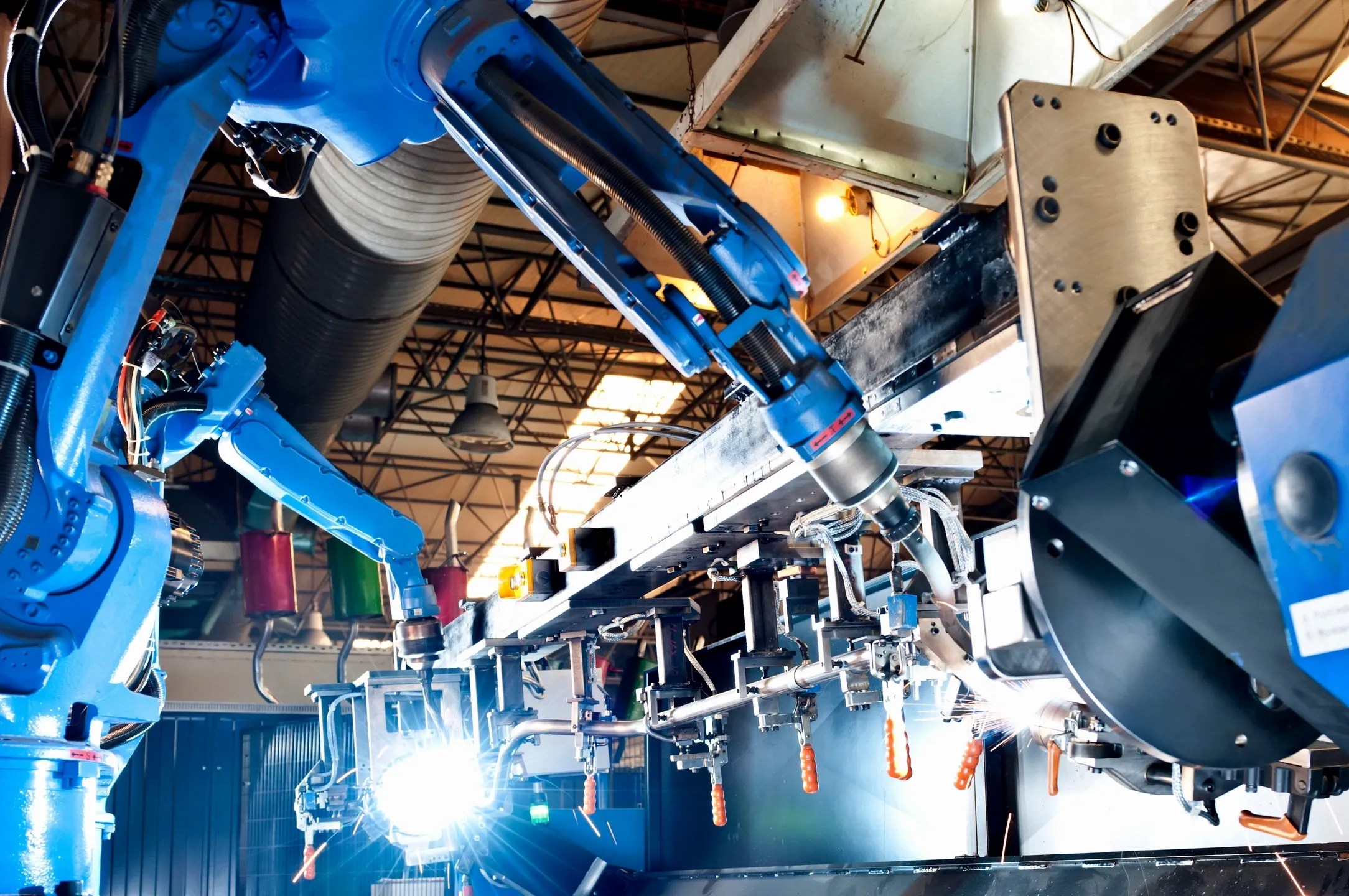Why You Should Choose Baby Face Wash for Your Little One

Choosing the right skincare products for your baby is crucial, as their delicate skin requires special attention and care. Among the various products available, baby face wash stands out as an essential item in your child’s grooming routine. Unlike regular soaps or adult cleansers, baby face washes are specifically formulated to cater to the unique needs of infants and young children. They are designed to be gentle, nourishing, and effective, ensuring that your baby’s skin remains healthy and radiant. This blog will explore the numerous benefits of using the best baby face wash and why it should be a staple in your child’s daily care regimen.
1.Gentle Formulation
One of the primary reasons to choose baby face wash is its gentle formulation. Babies have sensitive skin that is thinner and more prone to irritation than adult skin. Baby face washes are typically free from harsh chemicals, sulfates, and artificial fragrances that can cause allergic reactions or dryness. Instead, they often contain natural ingredients like aloe vera, chamomile, or calendula that soothe and nourish the skin without causing irritation.
2.pH Balanced
The pH level of a product is crucial for maintaining healthy skin. Baby face washes are usually formulated to be pH balanced, typically around 5.5 to match the natural pH of a baby’s skin. This balance helps maintain the skin’s protective barrier, preventing moisture loss and keeping it hydrated. Using a product with an inappropriate pH can lead to dryness or irritation, making it essential to choose a specially formulated baby face wash.
3.Tear-Free Formula
Bath time can be a delightful experience for both parents and babies, but it can also lead to tears if soap gets into little eyes. Many baby face washes feature a tear-free formula that ensures your child’s bathing experience remains enjoyable. These formulations are designed to be gentle on the eyes while still effectively cleansing the skin, allowing you to wash your baby’s face without any discomfort.
4.Effective Cleansing
While gentleness is paramount, effective cleansing is equally important. Baby face washes are designed to remove dirt, oil, and impurities without stripping away natural moisture. They effectively cleanse the skin while keeping it soft and supple. This is particularly important for babies who may have milk residue or food particles on their faces after feeding.
5.Hydration and Nourishment
Many best baby care products in India are enriched with moisturizing ingredients that help keep your baby’s skin hydrated. Ingredients like glycerin or natural oils provide additional nourishment, preventing dryness and flakiness. This added hydration is crucial in maintaining healthy skin, especially in dry or cold weather conditions when babies are more susceptible to dryness.
In summary, selecting a baby face wash is an essential step in caring for your little one’s delicate skin. As you navigate the world of parenting and skincare products, remember that investing in quality items specifically designed for babies pays off in the long run. By incorporating a gentle baby face wash into your child’s daily routine, you not only promote good hygiene but also nurture their sensitive skin with love and care. So next time you’re shopping for skincare products for your little one, consider reaching for a trusted baby face wash.



